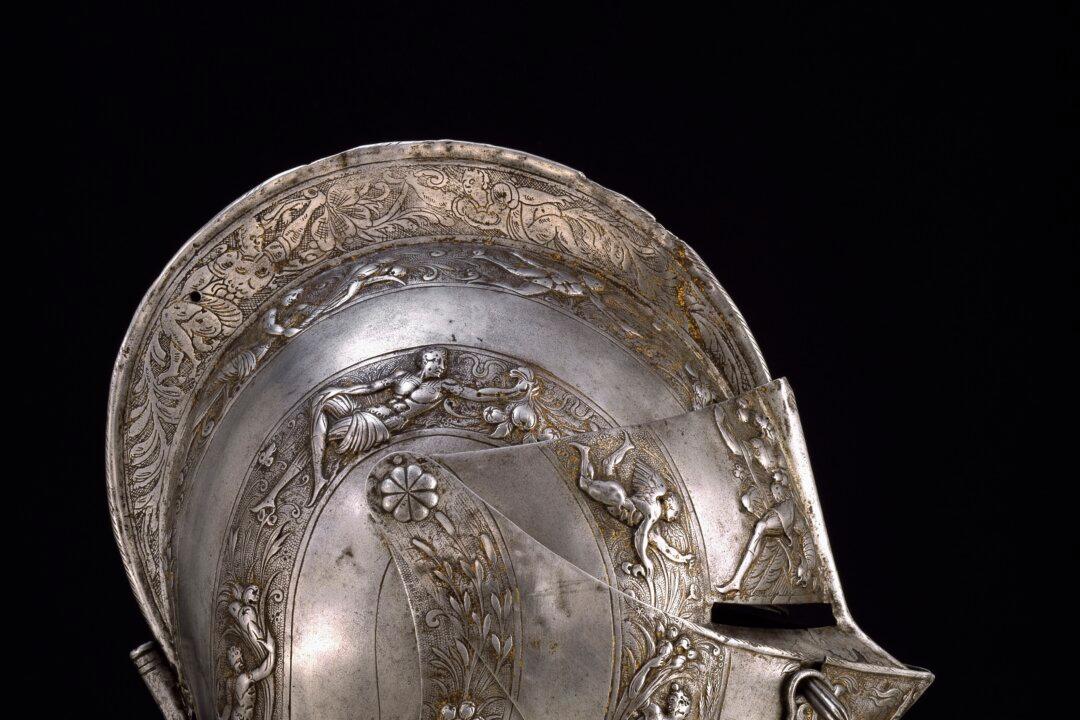The Sunshine State plays host to “Knights,” an exhibition at The John and Mable Ringling Museum of Art, in Saratosa, Florida. Some of Europe’s finest suits of armor and arms, on display until April 21, are from the prestigious Stibbert Museum collection in Florence, Italy.
The exhibition addresses European knights of the Middle Ages through the Renaissance and the 19th-century medieval revival, in terms of their armor and arms history, function, and fine craftsmanship.
More than 100 rare pieces are on display in the exhibition, including horse-mounted figures, helmets, swords, and other weapons. A comprehensive catalog, “Knights in Shining Armor. Florence: Contemporanea Progetti in collaboration with Museo Stibbert, 2017,” is also available. Here are three different pieces of armor from some of the countries represented in the exhibition:






